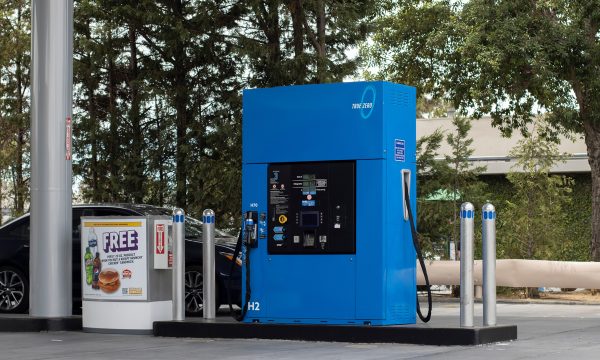Conventional heating systems don’t exist in electric vehicles
Most new car shoppers probably don’t show a lot of interest in a vehicle’s heating system before buying. It is just something that’s there, expected to be serviceable, and not seen as a point of differentiation.
With the increasing popularity of Battery Electric Vehicles (BEVs), however, that situation could change, for the conventional heating system, as we have come to know it, no longer exists in BEVs. And what does exist may have a much greater effect on the buyer’s overall level of satisfaction than they expect.
Why the difference? Because the source of heat in a conventional vehicle—waste heat from the engine—simply doesn’t exist in a BEV.
With a conventional heating system, which has been in use since introduced by Cadillac in 1926, heat is transferred from the engine to a liquid (water/antifreeze). That liquid circulates through a closed system that includes a heater core (small radiator), through which air is routed into the passenger compartment, gaining heat from the core.
A fan helps force the warmed air into and around the interior to warm the occupants, as well as defog/defrost the windows.
The key point is, without an engine, a BEV simply doesn’t have that big source of “free” heat available.
There is some heat generated by the batteries, plus some from the power electronics, and a few automakers are transferring that heat into the airstream—every little bit helps. But it is not nearly enough to replace what would normally be available from an engine.
The obvious solution adopted by many is to replace the heater core with a resistive electrical heating element, like the one in an old electric heater.
Rather than just a coil of resistive wire, however, the modern system uses a self-regulating, PTC (Positive Temperature Coefficient) heating element with inherent protection against overheating.
The rest of the heater system can remain much the same and the instantaneous heat from the electric heating element means the interior may warm up even more quickly than with the gradual warmup of an engine.
The problem with that solution is that the only power source for the electric heater is the same one used to drive the vehicle—its battery pack. So every watt of power used for heating is one that is not available for driving. Which is one reason BEV driving range tends to be dramatically reduced at low ambient temperatures.
Another alternative, introduced by Nissan in the 2012 Leaf and now employed in several BEVs and PHEVs, is the use of a reversible heat pump—effectively an air-conditioning system that can be operated in reverse.
In simple terms, a heat pump transfers energy from the outside air into a refrigerant via an external evaporator—even when it is cold outside—then compresses the refrigerant, which heats it up, and releases that heat into the passenger compartment via an internal condenser.
The complexities of making an HVAC system reversible to act as both AC and heat pump are considerable, and consequently expensive. But a multitude of published tests confirm that it is at least as effective as resistive heating and it reduces the negative impact on driving range.
There is a limitation, however. The efficiency of a heat pump diminishes as outside temperature drops. While it can be highly effective at 0oC, it is significantly less so at -20oC and reaches its practical limit about -30oC. Which, unfortunately, is a temperature not uncommon in much of Canada. So even a heat pump needs some additional heat source in the extreme.
Whatever core system is used, the ultimate goal of achieving passenger comfort can be assisted by alternative means such as focusing heat on specific body areas. To that end, heated seats and steering wheels are already in widespread use.
Going a step further, Toyota is the first automaker to employ radiant heating in a production vehicle, directed at the driver’s and front passenger’s lower leg and foot areas in up-level bZ4x models.
General Motors, in conjunction with a thermal management company called Gentherm, plans to expand on that approach with an individualized four-zone microclimate control system on the upcoming ultra-luxe Cadillac Celestiq.
That system, called ClimateSense®, is said to employ 33 unique microclimate devices, including a neck scarf and heated armrests, that allow each occupant to personalize their desired level of seat heating and cooling while significantly reducing total energy consumption.
Expect some combination of these various technologies to become the ultimate heating solution in a case where necessity really does spur invention.












